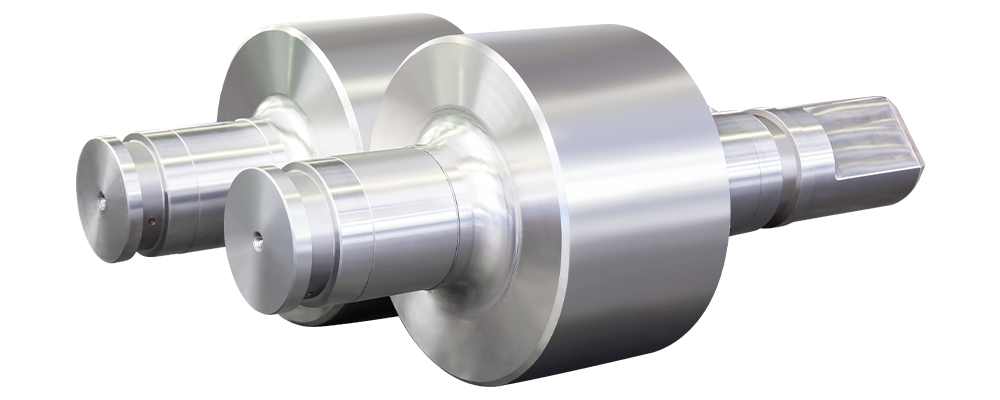Rolling mills rely heavily on the durability and performance of their rolls. Among the many types available, Adamite Rolls occupy a unique position. They combine some of the toughness of steel rolls with the wear resistance of cast iron rolls, making them particularly useful in demanding rolling environments. One of the most critical factors affecting their efficiency is performance under high-temperature rolling conditions, where both mechanical strength and thermal stability are constantly tested.
Adamite Rolls are alloy cast rolls that contain a balanced mixture of steel-like toughness and iron-like wear resistance. They typically include nickel, chromium, molybdenum, and vanadium, which enhance their strength, toughness, and resistance to wear.
The microstructure of Adamite Rolls usually consists of pearlitic or bainitic matrices with fine carbides, which allows them to maintain hardness even under high thermal stress. Unlike chilled cast iron rolls, Adamite Rolls possess greater resistance to thermal cracking and better mechanical strength, which makes them suitable for intermediate and finishing rolling stages.
Rolling processes, particularly in hot strip mills and section mills, expose rolls to severe thermal conditions. The temperatures at the roll surface can reach 700–900°C during hot rolling, with rapid fluctuations as the rolls come into contact with red-hot steel followed by cooling sprays.
The main challenges under such conditions include:
These conditions make roll material selection critical, and Adamite Rolls are often chosen for their balanced response to both mechanical and thermal demands.
Adamite Rolls are designed to retain medium hardness (generally 35–55 HRC) across a wide temperature range. While they are not as hard as high-chromium rolls, they provide sufficient resistance against wear in intermediate rolling operations. Their ability to resist hardness reduction under repeated heating cycles is one reason they are favored in hot rolling mills.
Thanks to their alloy composition and microstructure, Adamite Rolls exhibit greater toughness than cast iron rolls. This toughness allows them to withstand thermal shocks without immediate cracking, making them less susceptible to catastrophic failures under rapid temperature fluctuations.
The presence of carbides within the roll matrix helps maintain surface durability. Even though they wear faster than high-speed steel rolls, Adamite Rolls perform reliably in medium-duty applications, where both wear resistance and toughness are equally important.
At elevated rolling temperatures, surface oxidation is inevitable. Adamite Rolls are not entirely immune, but their alloying elements provide some resistance to scaling. Proper cooling and lubrication systems play a critical role in minimizing oxidation damage.
Adamite Rolls demonstrate good compressive strength, allowing them to endure the high rolling loads encountered during hot processing. This strength, combined with toughness, makes them versatile for use in section mills, bar mills, and medium finishing mills.

When evaluating performance under high-temperature rolling conditions, it helps to compare Adamite Rolls with alternatives:
Adamite Rolls fill the middle ground by offering balanced toughness and wear resistance at a reasonable cost, which explains their widespread use in hot rolling mills.
Adamite Rolls are widely used in:
Their performance in these areas demonstrates their ability to sustain long rolling campaigns without excessive wear or cracking.
Even though Adamite Rolls are designed for high-temperature applications, their actual performance depends on several operational factors:
To ensure reliable service under high-temperature conditions, rolling mills often adopt specific practices when using Adamite Rolls:
Adamite Rolls strike an effective balance between toughness, wear resistance, and cost efficiency, making them a practical choice for many rolling operations. Under high-temperature rolling conditions, they perform reliably by retaining hardness, resisting thermal fatigue, and carrying substantial rolling loads.
While not as advanced as high-speed steel rolls, Adamite Rolls remain indispensable in intermediate and medium finishing stages, where their combination of durability and resilience provides consistent performance. With proper cooling, maintenance, and operating practices, Adamite Rolls can deliver long service lives and contribute to stable, cost-effective rolling mill operations.